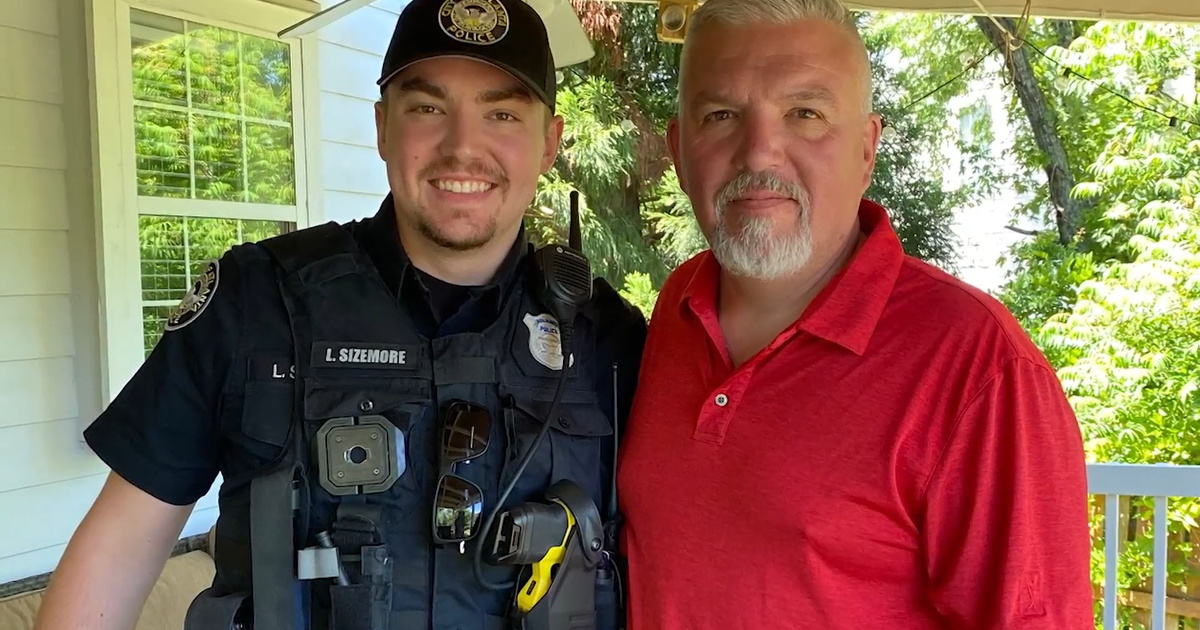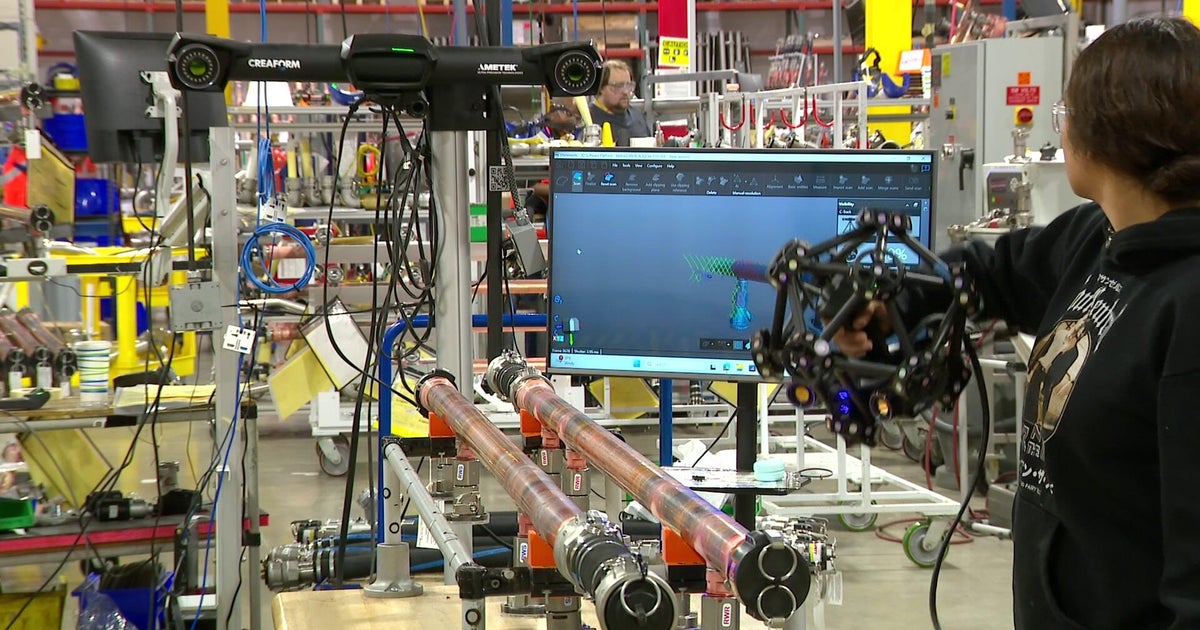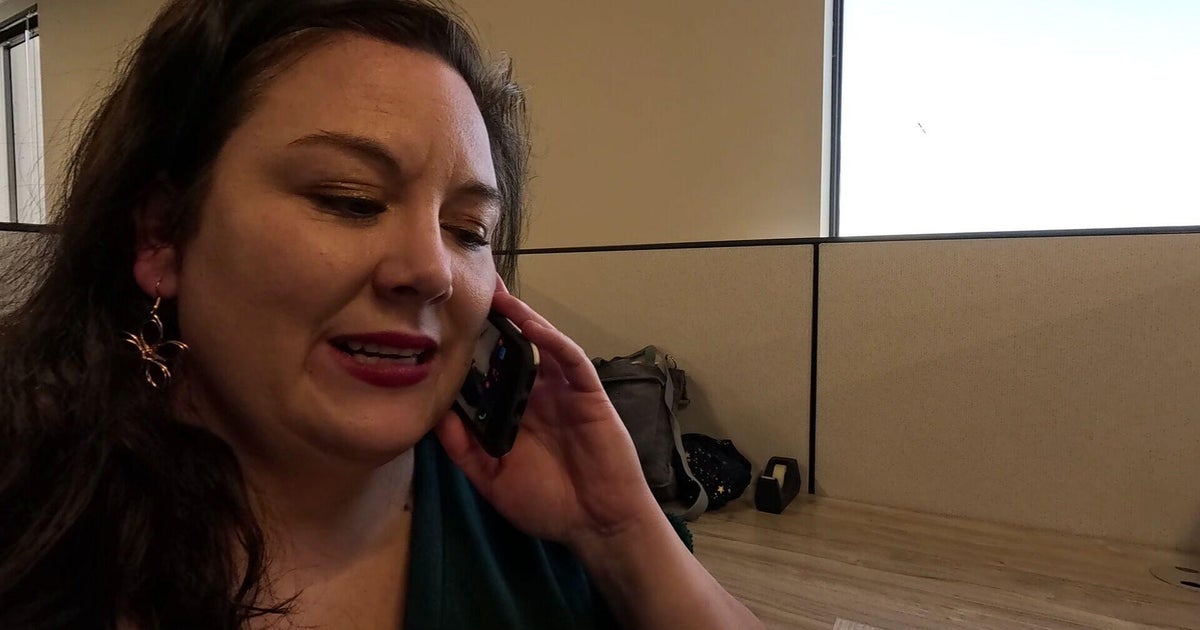How To Keep Your Intellectual Property Safe
Small businesses are started with an idea, and many times with a proprietary one, which means that it is intellectual property and must be protected. To make sure no one takes your intellectual property, it's important to know how it is defined and its different types. To understand this more thoroughly, key terms are outlined below, the first step in knowing how to protect what is yours.
Definitions associated with intellectual property
According to the American International Property Law Association, intellectual property (IP) is a blanket term for the "fruits of mental labor," that is, creations of the mind. It is not the idea itself, but rather the expression of that idea to which one can claim exclusive rights.
The AIPLA goes on to explain, "In general,
- Patents protect inventions of tangible things
- Copyrights protect various forms of written and artistic expression
- Trademarks protect a name or symbol that identifies the source of goods or services."
Constitutional law and intellectual property
In referring to the body of law that protects inventions, designs, and creative works, fundamental interpretations are based on Article 1, Section 8, Clause 8 of the United States Constitution, which grants Congress the power "To promote the progress of science and useful arts, by securing for limited times to authors and inventors the exclusive right to their respective writings and discoveries."
Notably, trade secret law is determined by each of the 50 states and has no specific term limitation, but rather continues indefinitely until there is public disclosure.
Essential intellectual property documents
Find definitions, templates, samples and suggestions of the following legal documents via academic sources such as law schools, online at sites such as Rocket Lawyer, and publications from sources such as the World Intellectual Property Organization.
Register your work to preserve the right to sue infringers if necessary. For the correct legal protection, determine what documents specifically suit your needs and requirements. An attorney specializing in intellectual property can evaluate which protections are right for you. Some of the resources available are:
Provisional Patent Application - A patent is a document, issued by the federal government, that grants to its owner a legally enforceable right to exclude others from practicing the invention described and claimed in the document.
Non-Disclosure Agreement - A confidentiality agreement is a legal, enforceable contract whereby participants promise not to divulge specific exclusive or sensitive information.
License Agreement - An agreement documenting a relationship whereby intellectual property is agreed to be shared between the licensor and the licensee, under what terms and for how long.
Copyright Notice - A document to publicly provide notice that you claim copyright protection to authorship, including literary, dramatic, musical, artistic, whether published or unpublished. A copyright may also apply to computer programs, databases, advertisements, maps and technical drawings.
Trademark Registration - Conduct a trademark search. Then, legally protect your company name and logo from a claim by others. Your trademark registration may be for words, symbols, sounds, colors, and names that distinguish goods or services.
Cease and Desist Letter - Create a paper trail asserting your ownership and to indicate that you are the victim of copyright or trademark infringement.
This article was written by Laurie Jo Miller Farr for Small Business Pulse







